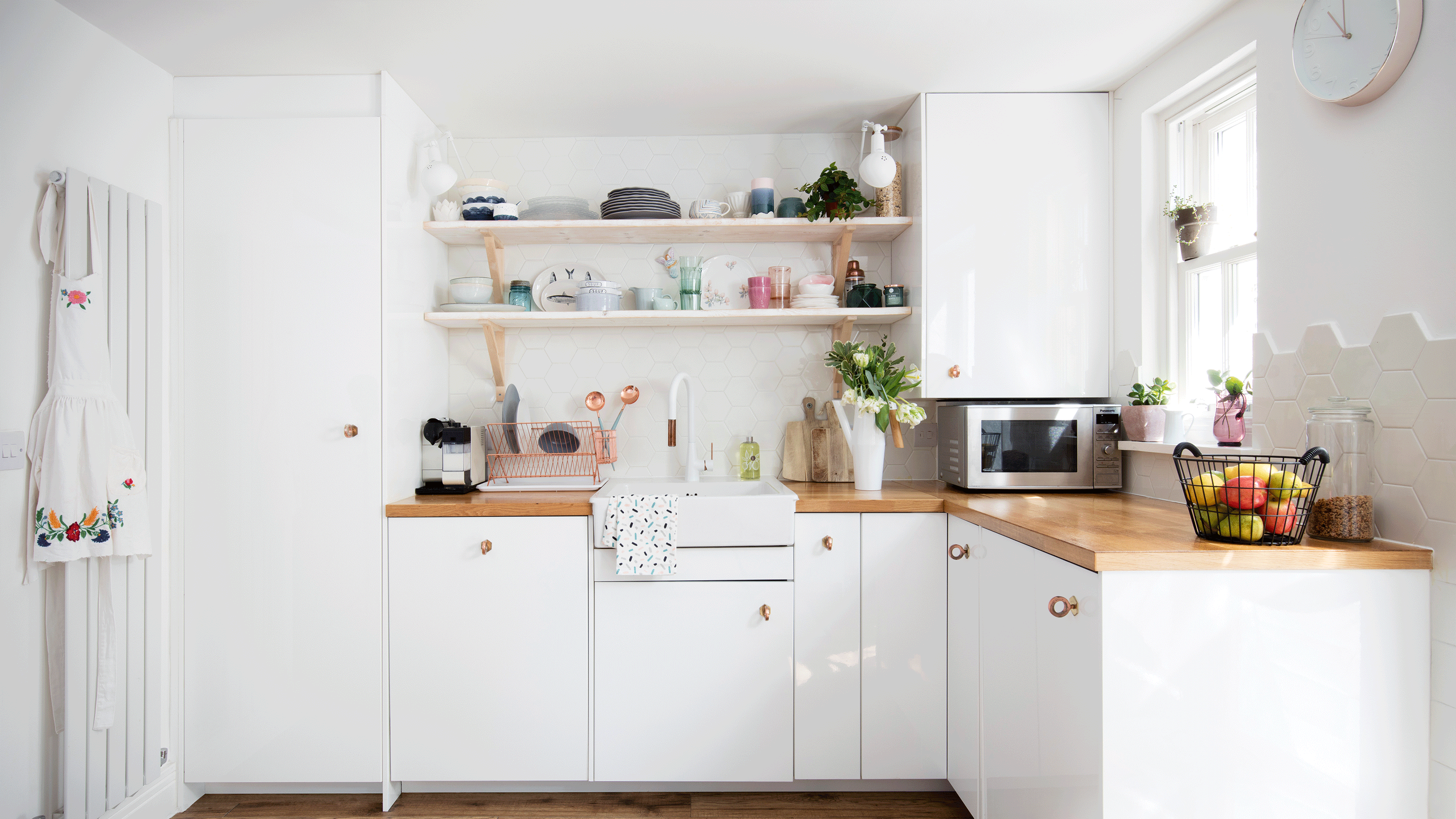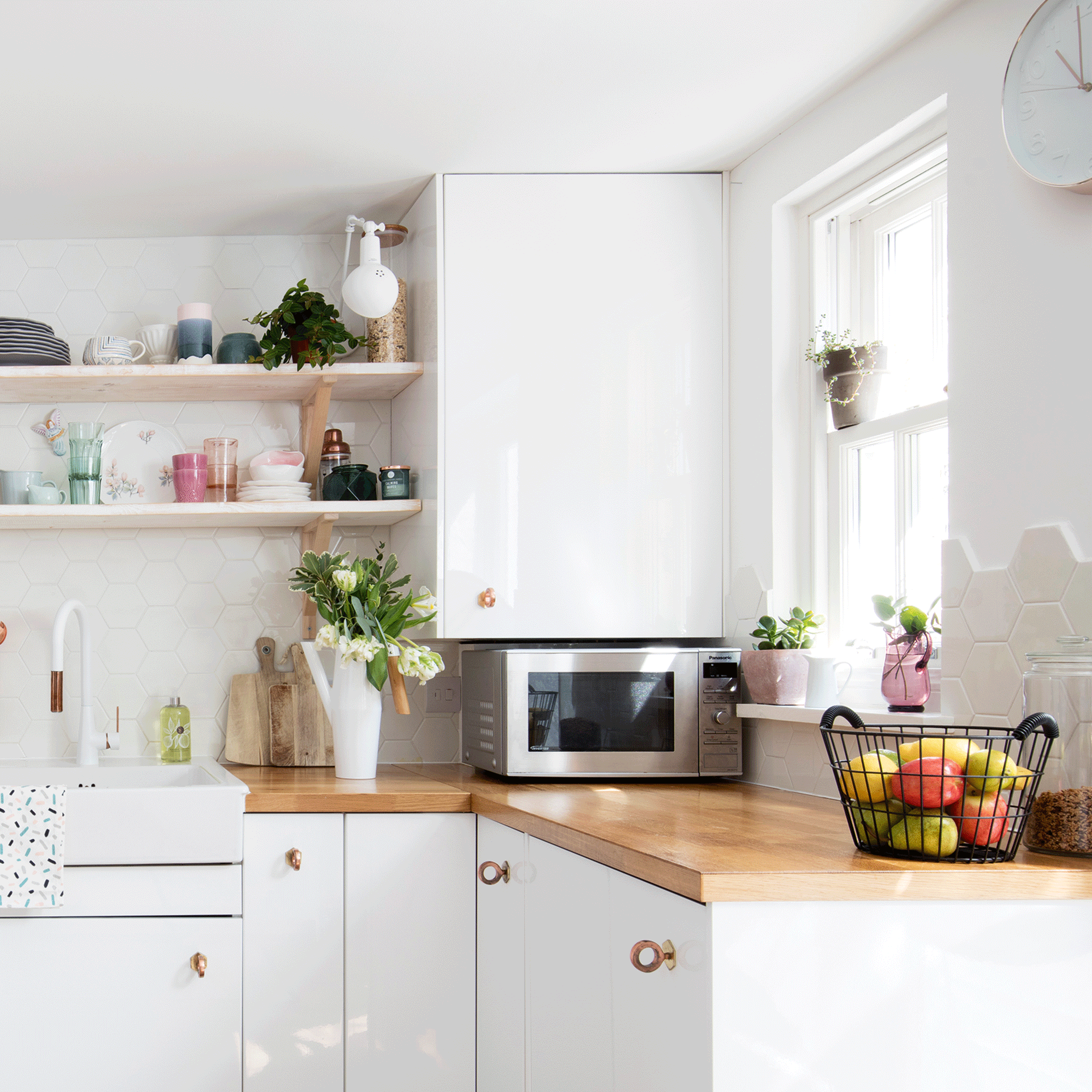How much does it cost to run a microwave? The underrated money-saving kitchen appliance
We’ve worked it out and have all the details you need on how much your spending on your microwave and how to cut costs


The best microwave is one of the kitchen appliances that most of us use every day. It may only be for minutes each time but when being used multiple times a day, it’s worth making sure the little and often usage isn’t adding up to a big total.
A cost of living crisis and increasing energy prices mean many of us are taking a closer look at our appliances, and the energy they use. The new energy price cap freeze, or the April energy price cap, came into action in on 1st April 2024. Though it means costs won’t be as high as they could have been, the majority of households will still see high energy bills.
It's unsurprising that many of us have been looking into how much it costs to run a microwave and other ways to save money at home. We’ve done the maths and spoken to the experts to find out. And you might be surprised to learn that this humble appliance is actually one of the cheapest kitchen appliances to run.

How much does it cost to run a microwave?
There are a few factors to consider when working out how much it costs to run a microwave including the microwave’s energy rating and how often you use it. The easiest and fastest way to work out how much your microwave is costing you is to get a smart meter that can give you all the information in real-time.
The types of microwaves and energy ratings
Every type of microwave works in the same way. They heat food using radiation, heating the water molecules inside the food. More basic models only heat and defrost food however many have other features including grilling.
When buying a microwave it’s important to consider the energy rating, as this will have a big impact on your running costs. The energy rating system was changed last year and many appliances, including washing machines and fridge freezers, are now rated from A-G with the most energy-efficient appliances being given an A or B grade.
The best indication of a microwave’s energy use is its power rating in watts (W) or kilowatts (kW). The lower the number, the less energy it will use.
Sign up to our newsletter for style inspiration, real homes, project and garden advice and shopping know-how
The breakdown
An appliance’s consumption is usually worked out as kWh per hour depending on the product. kW stands for kilowatt and is the universal standard to measure electricity.
To work out how much it costs to run your microwave, multiply the microwave’s power rating in kW by the time you leave the appliance on for. To find out the kW of your microwave, check out the manual or label.
For example, a microwave with a power rating of 700W which you run for 3 minutes means the calculation is 0.7 (the power rating) multiplied by 3 (the minutes the microwave is used) divided by 60 (the number of minutes in an hour) = 0.035kWh.
We then multiply that number by the cost of electricity. You can find out how much you pay per kWh on your energy bill, however, we've used the current Energy Price Guarantee maximum unit cost of electricity, which is 25p/kWh (0.25) for illustrative purposes. So, the running cost for a 700W microwave for 3 minutes would cost just under 1p.

How much does it cost to run a microwave for 1 minute?
It depends on the microwave’s energy rating and the power setting used but using the calculations above it would cost less than half a penny to run a microwave with an average of 1kWh for one minute.
Does a microwave use a lot of electricity?
Microwaves use less energy in general and because of this are considered one of the most energy-efficient appliances in the kitchen.
Energy Saving Trust’s knowledge manager Joanna O’Loan says 'Around 4 percent of your energy bill is spent on powering kitchen appliances including the hob, oven, kettle, and microwave. In general, microwaves don’t use a lot of energy and efficiently heat your food by vibrating water molecules, as opposed to an oven, which heats the whole space inside.'
Are some microwaves cheaper to use than others?
Many new microwaves run more efficiently with some featuring ‘enhanced’ standby to help further reduce costs. Generally, most microwaves cost a similar amount to run when taking into consideration usage and their energy rating.

Is microwave cooking cheaper than the oven?
Joanna says 'In general, microwaves cost less to run and are more efficient than ovens at cooking, as they only heat the food and not the space inside. However, it really depends on the type and quantity of food you’re cooking.'
To put it into perspective, a typical supermarket lasagne for two people for example, could take 12 minutes to cook in an 800W microwave oven, costing 4p, or 40 minutes to cook in a 2kW conventional oven, which would cost around 33p.
What energy saving features should I look for when buying a microwave?
Microwaves don’t really have energy-saving features in the same way other appliances do but there are ways of improving the energy efficiency of the appliance. Make sure to choose the most efficient setting for the food you’re heating by adjusting the power rating accordingly.
Joanna adds 'Some models [of microwave] may offer additional features, such as grills or clocks, which will use more energy overall so you may like to consider if you need these extras.'
The Lakeland Lekue Grill, is another handy gadget that will help turn any microwave into a grill. The gadget is two plates that when used in the microwave will allow you to make crispy toasties and chicken with griddle marks, quicker and cheaper than in the oven.
How can I cut the cost of running a microwave?
- Choose a microwave with a high energy efficiency rating (A and B)
- Make sure you use the right controls and settings for what you’re heating up or defrosting
- Turn your microwave off at the plug when it isn’t being used

Bianca Castro is a journalist with more than 10 years of experience. An NCTJ-qualified journalist, she writes on news, law, health, lifestyle, interiors and real-life stories.
She's loved interiors ever since her mother gave her free reign to decorate her bedroom at 13. Gallery walls, art prints, plants and lots of colour are her go-to design choices.